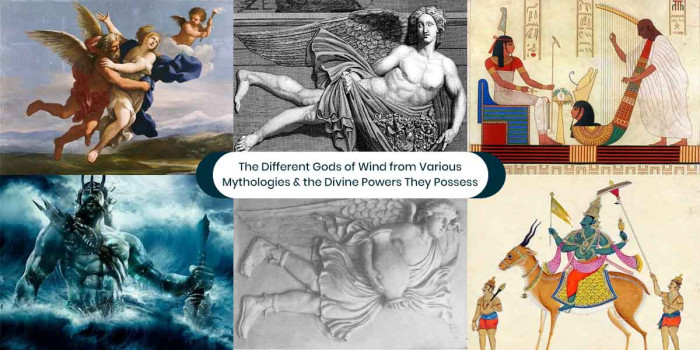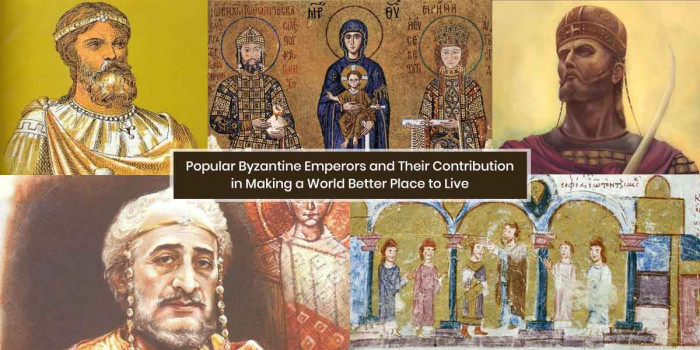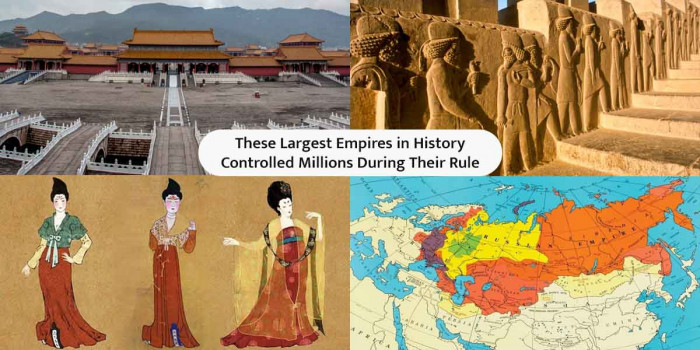Intelligent Story Behind Dumb Dunce Caps
The first thing that comes to people’s minds when they hear the word Dunce is ‘A paper cone put on the head of a dunce at school as a mark of disgr...
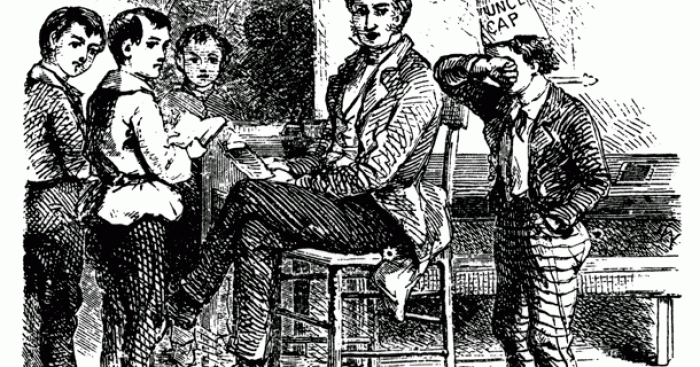
The first thing that comes to people’s minds when they hear the word Dunce is ‘A paper cone put on the head of a dunce at school as a mark of disgrace’.
But that was not the case in the 13th century, the word Dunce is a modern adaption of a philosopher's name called John Duns Scotus who was anything but a dumb person.
The Word Dunce’s Origin
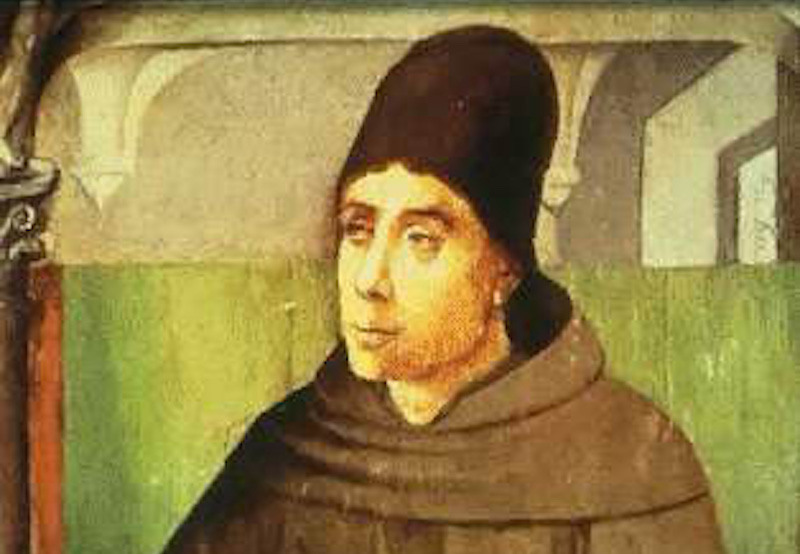
The word Dunce derives from the name of an extremely accomplished religious scholar- John Duns Scotus (1265/66-1308), an influential philosopher and theologian of the High Middle Ages. [9.1]
His teachings came to be known as “Scotism,” while his most devoted students and followers were known as “Dunsmen.”
What Was John Duns Scotus Known For?
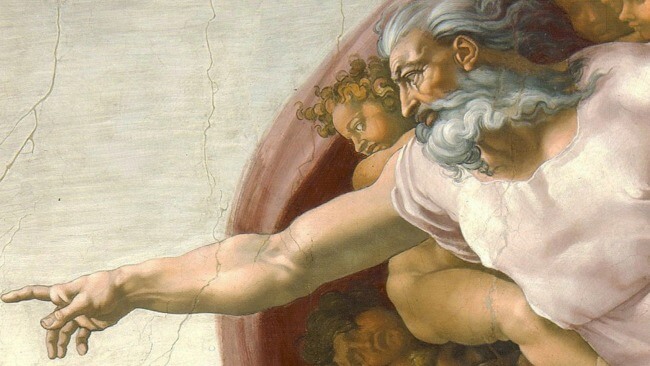
During his studies and teachings, Scotus devised, among other theories, a convoluted philosophical explanation for the existence of a metaphysical God, as opposed to a material “Man in the Sky.” Perhaps more famously, he also envisioned a defense of the immaculate conception of the Virgin Mary herself. Due to the intricacy and complexity of his theories, Scotus was given the terrific papal title, “Doctor Subtilis,” or “The Subtle Doctor.”
Why The Conical Hat?
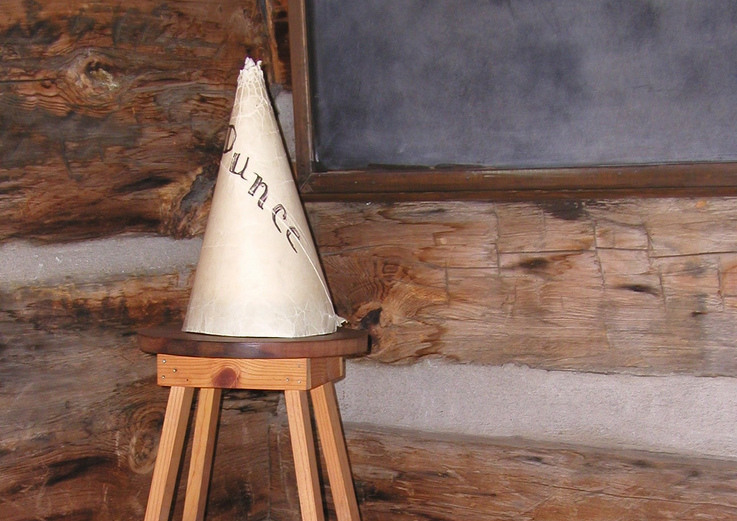
John Duns Scotus was an advocate of the conical hat because wizards were known to wear them and wizards are smart. The point symbolized knowledge and the funnel shape drove all that knowledge downward directly into the head.
The Dunsmen used to wear the conical shaped dunce caps because they believed that the hat would make them smarter. The idea of an apex or point representing the pinnacle of knowledge was common to many societies, Mr.Duns believed that the hat would funnel learning down to the to the person wearing the Dunce hat.How It Became A Sign of Idiocy?
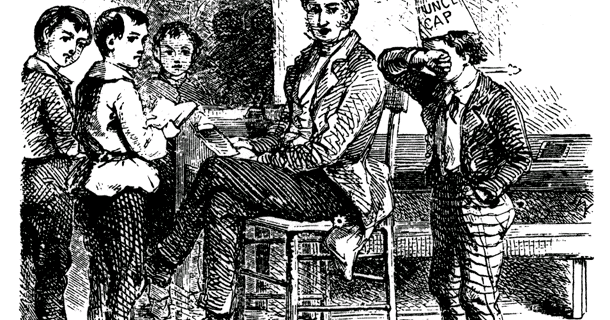
Once the Dunces became associated with dumbness, the pointy hat became the symbol of idiocy and punishment.
The use of the dunce cap as a disciplinary symbol took off in Europe and America in the Victorian era. A child in a basic cone hat adorned with the word “Dunce” or simply a large letter “D,” who would be sent to a stool in a corner of the classroom. It was as much a punishment as a warning to other children thinking of potentially acting out.Popular Posts
Top 10 Sharpest & Deadliest Swords In History
In classic mythological movies, books and television, we’ve seen those audacious sword-wielding heroes smiting the enemi...
Augustus Perez
List of Water Deities from Different Mythologies
Water deities are the gods and goddesses who had the powers to control the elements of water and ruled over all the fresh and saltwater of the earth. Here’s a list of water deities from different mythologies.
Rishika Gupta
Winged Lion: The Terrifying Mythical Creature In Different Mythologies
A mythological creature, a winged lion dates back to ancient times. This flying lion-like creature has origins in Heraldry, Christianity, Mesopotamian, and Greek mythologies.
Ethan Stephans






